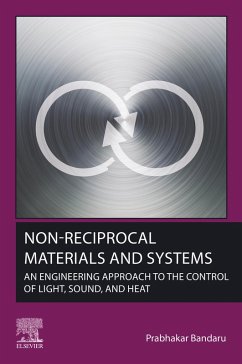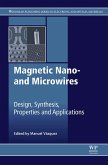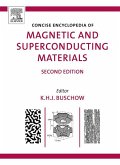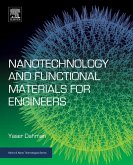Non-Reciprocal Materials and Systems: An Engineering Approach to the Control of Light, Sound, and Heat discusses the related concept of bound states which help confine sound and electromagnetic waves and can also lead to the control of thermal energy. The requirements for the formation of such bound states, their relationship to physical and topological characteristics of materials, and the possible application to new devices is considered. The book takes a unique approach to energy transfer in and between materials systems - considering dimensional effects, supersonic, transonic and subsonic wave motion, as well as the coupling of waves.
This book is suitable for researchers in materials science, condensed matter physics, electrical, mechanical, and structural engineering, and technologists aiming for better control of non-electronic physical phenomena.
This book is suitable for researchers in materials science, condensed matter physics, electrical, mechanical, and structural engineering, and technologists aiming for better control of non-electronic physical phenomena.
- Provides information on how to use specific features in new and artificial materials for the control of sound, light and heat
- Explores dimensional considerations such as surface material phenomena that can be decoupled from bulk materials or the inside of a material
- Discusses new device concepts and related technologies such as energy sources, isolators, and diodes involving energy confinement
Dieser Download kann aus rechtlichen Gründen nur mit Rechnungsadresse in A, B, BG, CY, CZ, D, DK, EW, E, FIN, F, GR, HR, H, IRL, I, LT, L, LR, M, NL, PL, P, R, S, SLO, SK ausgeliefert werden.









